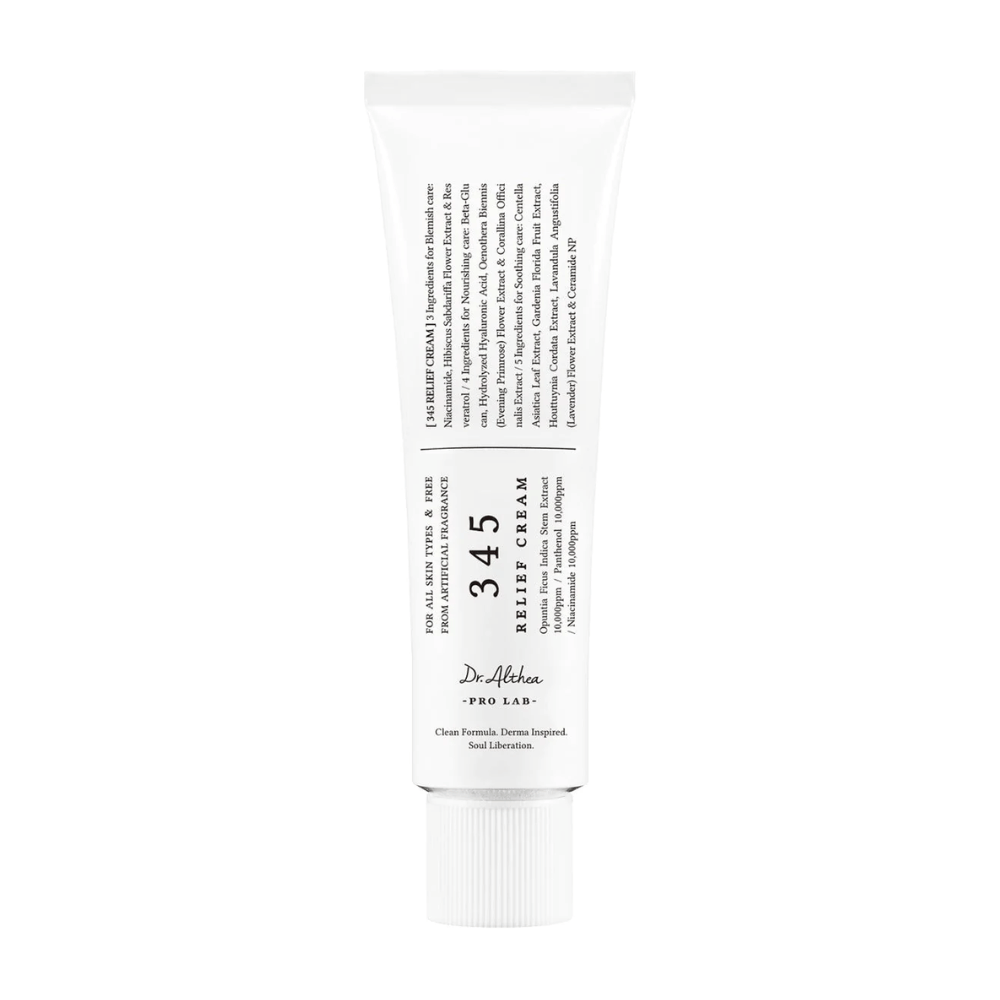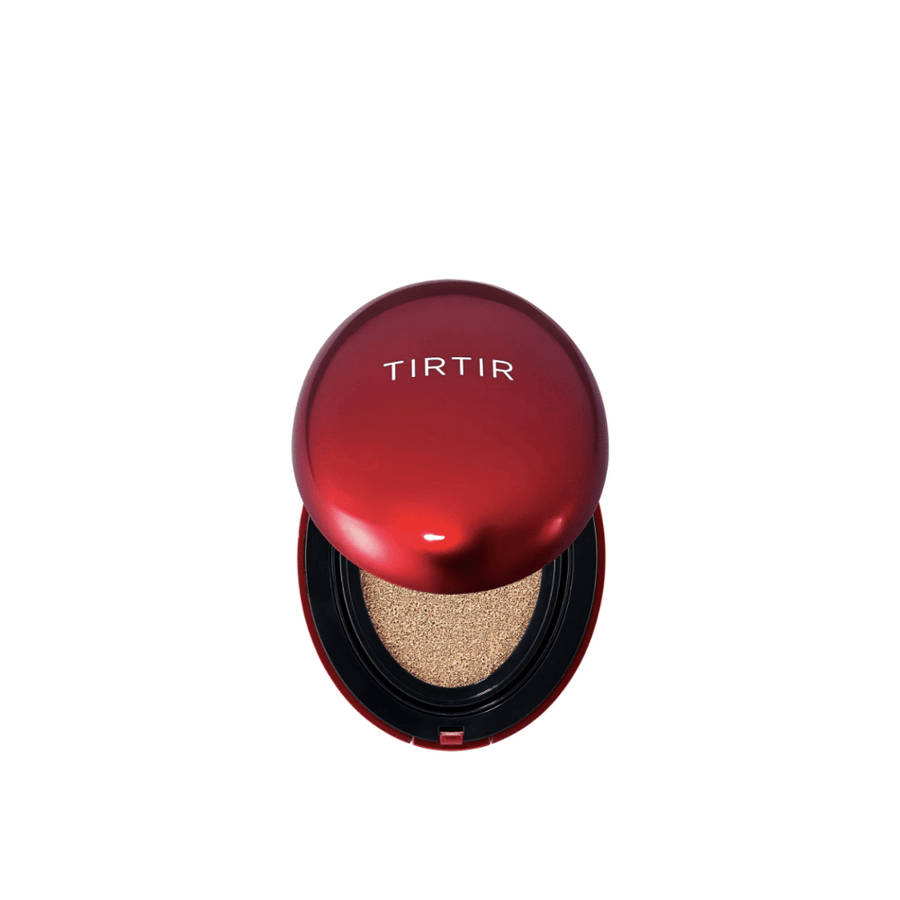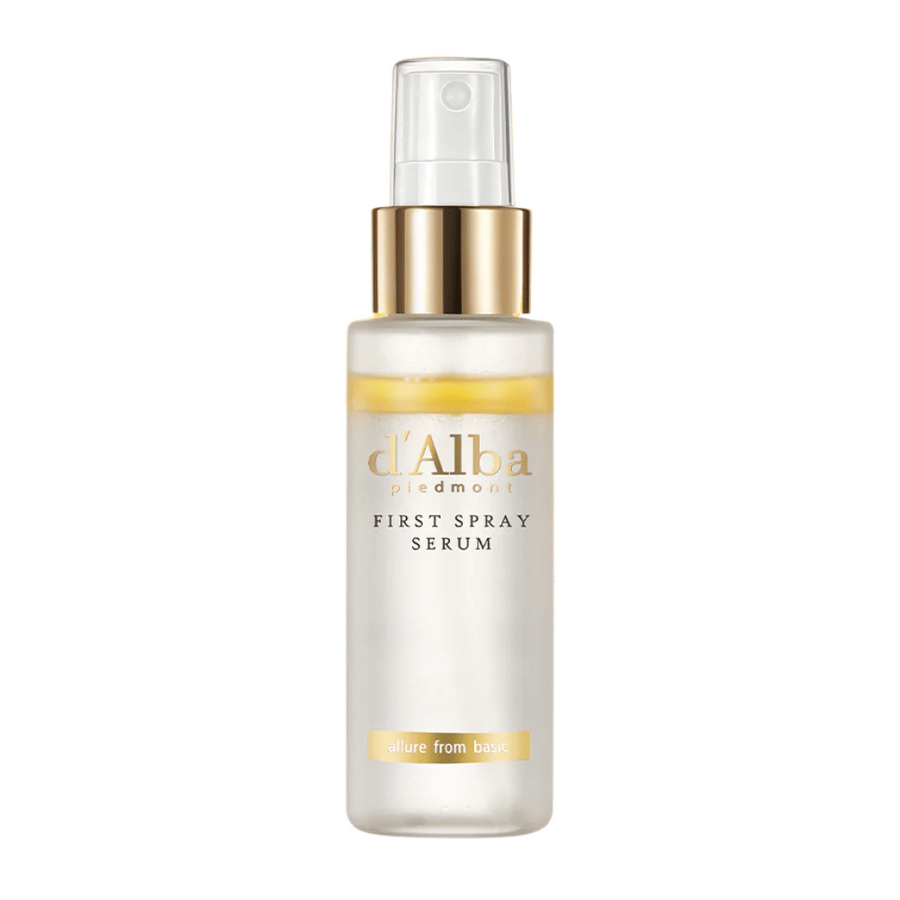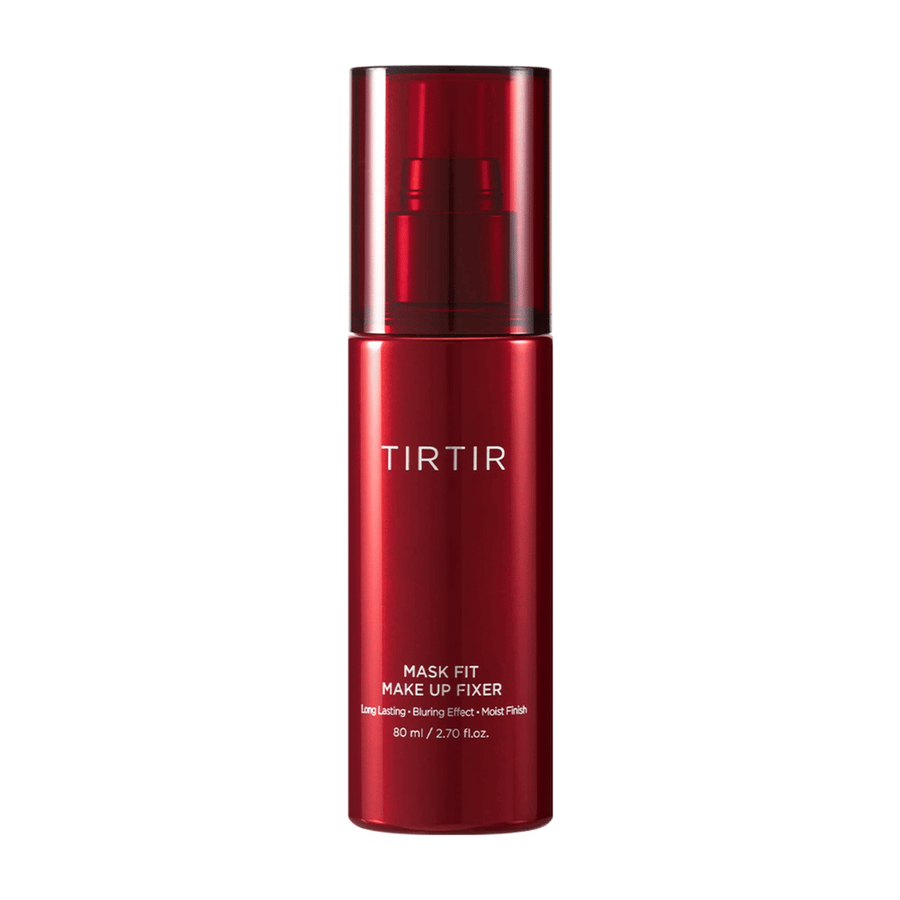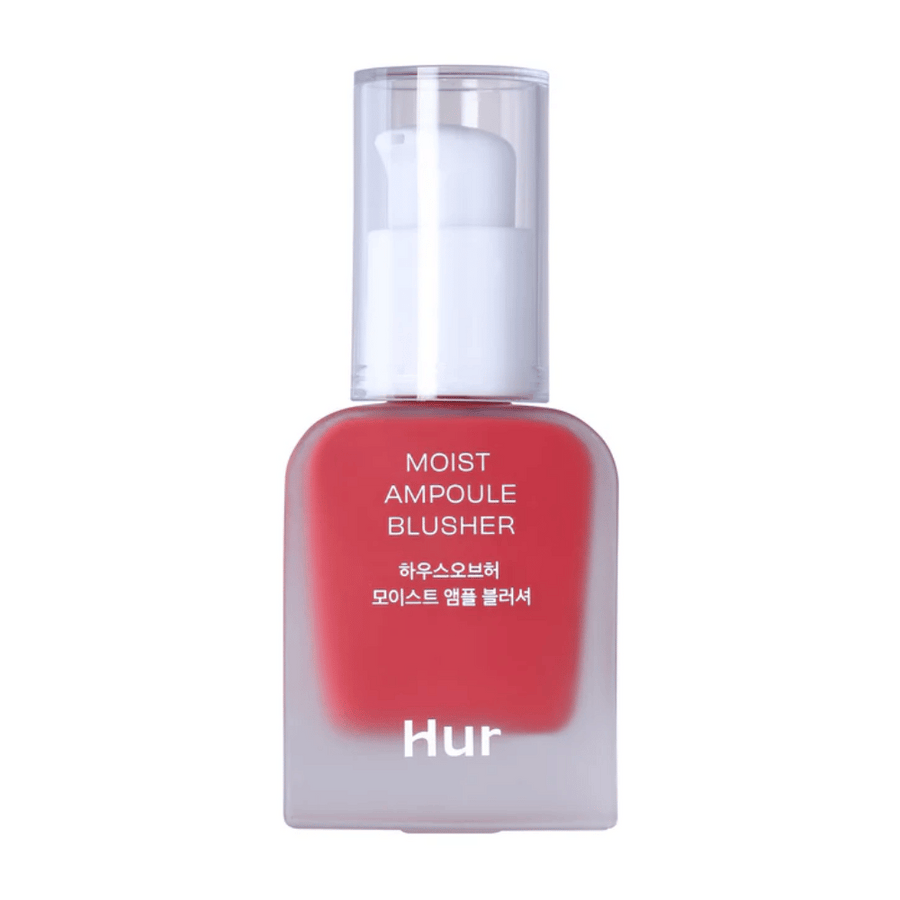Korean makeup for beginners
What should one start with?
Korean makeup has quickly become popular worldwide. However, for a beginner, it can feel overwhelming with all the new products and methods. The purpose of this post is to introduce Korean makeup from a beginner's perspective – which products are common in K-beauty, what makes them unique compared to Western products, and how you can think when choosing makeup based on your skin type.
What distinguishes Korean makeup?
One of the major differences between Korean and Western makeup lies in the aesthetic style. Unlike many Western trends that focus on sharp contours and defined features such as clearly filled-in eyebrows, long false eyelashes, matte and defined lips, Korean makeup trends strive for a softer, more natural and youthful look. In practice, this means that in Korea, you often see natural, straight eyebrows instead of heavily sculpted arches. The base makeup is usually dewy and glossy, K-beauty prefers light products like BB cream, CC cream, or tinted moisturizers instead of thick foundation layers. Contouring and bronzer are used sparingly, instead, the face is given color and warmth with a little blush (blush) on the cheeks.
Eye makeup in K-beauty often comes in neutral or pastel tones. Eyeliner is often used to accentuate the eyes but in a softer style, e.g., a thin wing or a straight "puppy eyeliner" for a rounder impression, instead of a dramatic cat-eye. It is also popular to add a bit of shimmer, for instance, a glittery shadow in the inner corner of the eye or along the lower lash line, to make the gaze look alert and youthful. This method is sometimes called "aegyo sal" and aims to highlight the natural little puffiness under the eye with the help of light shimmer, giving a cute, young appearance.
When it comes to lips, Korean makeup often prefers a glossy finish over completely matte. Instead of the classic red or heavily painted lips that have been popular in the West, you often see soft lip tints in pink or peach tones that give the lips color without looking overly made-up. K-beauty is known for its long-lasting lip products – lip tints are extremely popular because they provide a durable color that "stains" the lips without feeling dry. They are often applied in an ombre/gradient style, where the color is more intense in the middle of the lips and fades towards the edges, for a natural "just bitten" look – a trend that originated in Korea and barely existed in Western makeup until recently.
Besides the style, formulations are a factor that makes Korean makeup unique. K-beauty products focus on skin health and often contain nurturing ingredients (such as hyaluronic acid, plant extracts, and vitamins) as well as high sun protection directly in the makeup. For example, BB cream and cushion-foundation are known for combining several steps in one: they function as face cream, sunscreen, and foundation at the same time. Korean BB creams were developed as an alternative to traditional foundation, providing light to medium coverage while simultaneously treating the skin. Many find that Western foundations can feel heavy or irritating, whereas Korean base products are often light, layer-friendly, and allow the skin to “breathe.” In fact, K-beauty generally avoid unnecessary irritants, many products are non-comedogenic (i.e., do not clog pores) and are suitable for sensitive skin, with fewer fragrances and more gentle ingredients. This “skin-first” approach means that Korean makeup is often well tolerated even by those with acne-prone or sensitive skin.
We can say that Korean makeup stands out for its pursuit of natural beauty and skincare combined. Glass skin, youthful colors, and innovative products that simplify your routine are the core of K-beauty.
Common K-beauty products to start with
In Korean makeup, there are several product categories that are particularly iconic. Here is an overview of common makeup products within K-beauty that a beginner can explore with advantage.
BB-cream
“BB” stands for blemish balm or beauty balm. A BB cream is a kind of all-in-one base product that can replace your moisturizer, foundation, and sunscreen in one step. It usually provides light to medium coverage and contains skincare ingredients as well as SPF. The result is a more even skin tone that still looks natural – perfect for a “no makeup-makeup” look. BB cream is excellent for beginners as it is easy to apply (often with fingers or a sponge) and harder to overdo compared to a heavy foundation. The skin looks like itself, just more hydrated and with less redness or unevenness.
Cushion foundation
A Korean innovation that many have fallen in love with. A cushion foundation is essentially a liquid foundation that comes in a compact case with a built-in cushion (sponge) and application puff. This design makes it easy to dab on the product and build up the desired coverage without it becoming cakey. Cushion foundations often provides a fresh, dewy finish and, like BB cream, often contains caring ingredients and sun protection. For a beginner, cushion is convenient as it is portable and perfect for touch-ups during the day. You can start with a thin layer and easily enhance as needed. Thanks to the lightweight and moisturizing formula, the skin rarely looks powdery with a cushion, instead maintaining its glow.
Lip tint
This is a lip product that truly embodies the K-beauty trend. A lip tint is like a lipstick in liquid or gel form that colors the lips long-lastingly instead of sitting on top like a waxy lipstick. The tint sinks in and leaves a nice 'stain' that lasts for hours – even through meals in many cases. The advantage is that the lips look naturally rosy without you having to constantly touch up the color. Korean lip tints come in everything from very sheer shades to stronger colors, but they all feel light on the lips and don't smudge. You can wear them as they are for a gloss-free, defined color, or add a clear gloss on top if you want more shine. As mentioned above, gradient lips are popular, apply more tint on the inner part of the lips and blend out towards the edges for a full but soft impression. Lip tints are a fun product to start with as they provide maximum effect with minimal effort, and K-beauty brands are known for their advanced tint formulations that last extra long.
Blush (blush)
In the Korean makeup routine, blush plays an important role in giving the face a fresh, youthful appearance. Instead of doing heavy contouring to sculpt the face, the focus is often on applying blush on the apple of the cheek (the highest point on the cheeks) to get a natural flush as if you've just been out in the fresh air. Common colors are peach pink, coral, or light apricot, shades that mimic a natural flush. Korean blush products come in both powder and cream forms, and also in cushion format (cushion blush) where the same cushion concept is used for blush. The creamy or liquid variants provide extra radiance and blend nicely into the base without sharp edges. For beginners, blush is an easy way to instantly bring life to the face. Remember the advice 'less is more' and apply a little at a time, you can always build up more if needed. With blush, you get a fresh look and avoid the more advanced step with shading/bronzer that belongs to Western makeup, bronzer is, as mentioned, less common in Korea.
Eyeshadows & Eyeliner
Korean eyeshadows often come in small palettes with a few matching colors. The idea is to make it easy to achieve a harmonious, natural eye look. The colors are usually earthy (browns, beige, champagne) or softly colored (light pink, peach, or lavender for the bolder ones). The finish is often shimmery or satin instead of super matte or extremely glittery, a moderate amount of shimmer gives the eyelids a lively appearance without seeming 'too much'. For a beginner in K-beauty, a small quad palette in neutral tones can be perfect to start with, as you can create a simple everyday makeup look with maybe just one or two colors. Eyeliner is optional, but a brown or dark gray eyeliner can give a defined lash line in a softer way than jet black liner. Many Korean eyeliner pencils and liquid liners are designed to be easy to apply thin lines with (and often waterproof to withstand moisture and long days). If you draw a thin line along the upper lash line and maybe blend it out a bit, you can make the eyes look bigger without it looking like 'heavy' makeup. Remember that the goal is often to enhance your eyes, not completely change them.
Of course, there are more product categories (such as concealer, highlighter, brow pencil, etc.), but the above are some of the most typical for K-beauty and a good place to start. Once you get to know these, you can always build on your routine with more steps, but it's not all needed at once. K-beauty is much about finding what works for you and having fun with makeup without it feeling difficult.
Products for Different Skin Types
An important aspect when starting with Korean makeup is to choose products that suit your skin type. Here are some simple tips for different skin types so that you get the best results possible.
Oily Skin
If you have oily skin that easily becomes shiny during the day, look for K-beauty products labeled with words like “sebum control,” “mattifying,” or “long-wearing.” Many Korean base products for oily skin have light, non-comedogenic formulations and sometimes ingredients that control sebum production. For example, there are cushions specially made for oily skin that provide a more matte finish but still feel moisturizing. A BB cream or cushion can work well even for oily skin if you set it with a little powder on the areas where you usually get shiny (e.g., the T-zone). The advantage of K-beauty is that the products are often thin and can be layered – it's better to apply two thin layers of foundation than one thick one, reducing the risk of the makeup sliding off or “caking” when the skin produces oil. Don't forget that many Korean foundations and cushions are designed not to clog pores and contain soothing ingredients (like centella asiatica or tea tree) that can help if you have acne-prone skin.
Dry Skin
Dry skin needs lots of moisture – and this is where K-beauty really shines! Korean makeup products are often rich in moisturizing ingredients. If you have dry skin, you can advantageously choose a dewy cushion foundation or a moisturizing BB cream that both adds moisture and gives radiance. Before you apply makeup, make sure your skin is well moisturized with your facial cream, as K-beauty is based on the idea that makeup and skincare go hand in hand. A tip is to try a primer or “tone-up cream” with nourishing properties – many Korean primers work as an extra moisturizing layer and can give a slightly “dewy” glow that makes your foundation glide on more easily. Avoid heavy mattifying foundations that can make dry skin look even drier; instead, aim for glow! A transparent setting spray can also be used instead of a lot of powder if you want to set the makeup without removing the radiance. With the right product choice, your skin will look healthy and supple instead of powdery.
Sensitive Skin
If you have sensitive skin that easily reacts or becomes red, Korean makeup can be a good match, thanks to its focus on gentle ingredients. Look for products that are hypoallergenic, fragrance-free, or contain well-known soothing agents like aloe vera, green tea, centella (“cica”), or chamomile. K-beauty brands are often clear about whether a product is free from alcohol, perfume, etc. – all to prevent irritation for sensitive skin. A BB cream can be gentler than a classic foundation, as many BB creams are formulated specifically to care for the skin at the same time. Additionally, the lighter coverage can allow the skin to breathe. Also, try a cushion foundation; the application method (gently patting with the puff) is mild and avoids pulling and rubbing the skin. As always with sensitive skin, test new products on a small area first and wait a day to see if you react. But generally, Korean makeup is kind to the skin – it is often developed with the idea that even those with acne or rosacea should be able to use the product without problems.
Combination Skin
The combination of both dry and oily areas can feel tricky, but K-beauty has solutions here too. A good tip is to use the layer-by-layer principle and multitask your products. For example, after your base application, you can apply a thin layer of translucent powder on the oilier areas like the forehead, nose, and chin, but leave the cheeks to maintain glow there. Choose a foundation or BB cream with a semi-matte finish – they usually work well for combination skin by not being too greasy but not drying either. You can also combine products, maybe a mattifying primer in the T-zone (to prevent shine) and a moisturizing foundation on top so that the drier areas still get glow. Combination skin is about balance, mix and match a little until you find what works for your combination. The advantage of K-beauty is that there are many customizable products (cushions where you can change the formula, foundations that are easy to touch up during the day, etc.) so that you can keep both shiny and flaky areas in check.
Final Tips for Beginners
- Skincare + Makeup = True. Korean makeup is based on the idea that healthy skin gives more beautiful makeup results. Therefore, make sure not to neglect your skincare routine – cleansing, moisturizing, and sun protection are the foundation. Makeup will apply better and last longer on well-prepared skin.
- Start Simple. You don't need a ten-step routine from day one. Pick out a few key products that appeal to you the most (e.g., a BB cream and a lip tint to get started). Get to know them well, how they feel on the skin, how to best apply them – before gradually adding more products like eyeshadow or eyeliner. K-beauty is not about having the most products, but about the ones you use really working for you.
- Build in Thin Layers. A typical K-beauty technique is to apply the base in several thin layers instead of one thick one. This gives a more natural result and avoids the makeup looking cakey. For example, use a little concealer only where it's really needed instead of covering the whole face. This way, your own skin shines through beautifully, and you get that sought-after “your skin but better” look.
- Don't be afraid to experiment. Korean makeup has a playful side – think of all the cute packaging and trendy looks that pop up! Feel free to try new colors or techniques. Maybe a peachy pink eyeshadow instead of your usual brown, or an attempt to paint that gradient effect on the lips. Makeup should be fun and personal. The nice thing is that K-beauty generally gives a subtle result, so even if you try something new, there's a good chance it still feels wearable and nice.
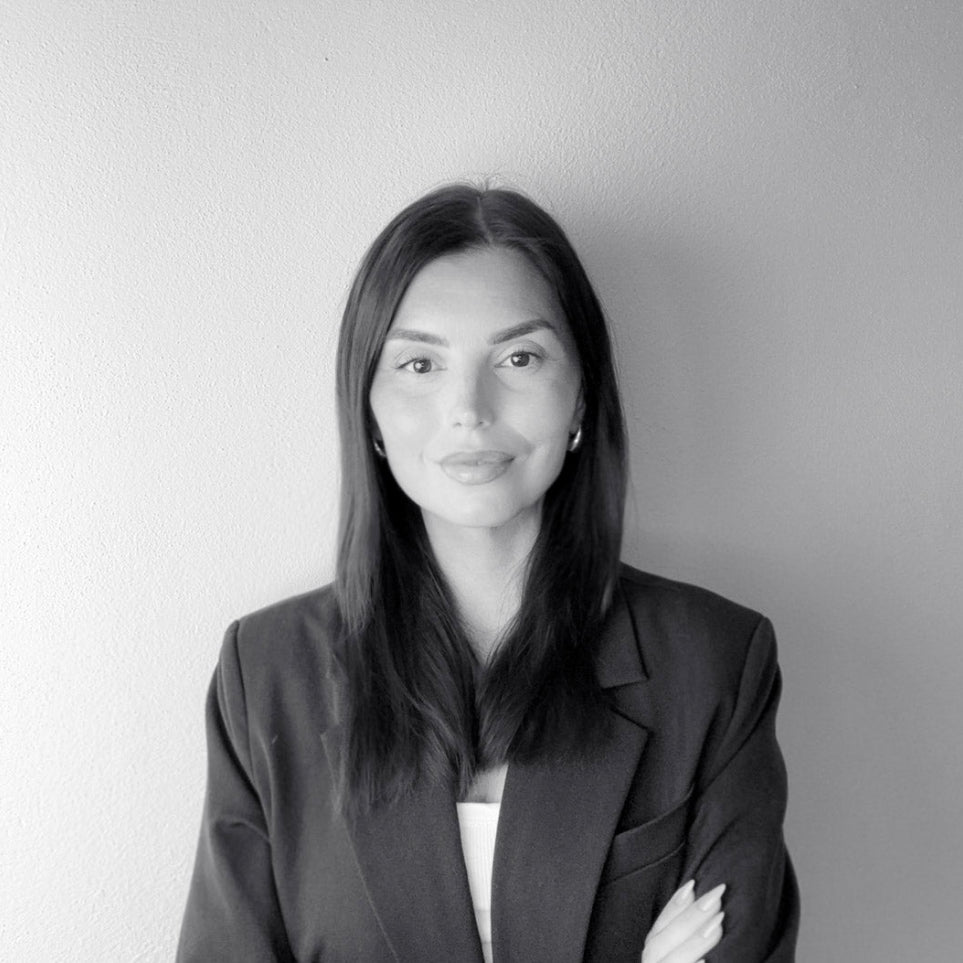
Amanda Jensen
Amanda is a passionate beauty expert with extensive experience in Korean skincare, haircare, and makeup. She loves testing new products, delving into ingredients, and sharing tips that help you find what truly works. You can reach Amanda at info@koreanbeauty.se for questions or feedback.



